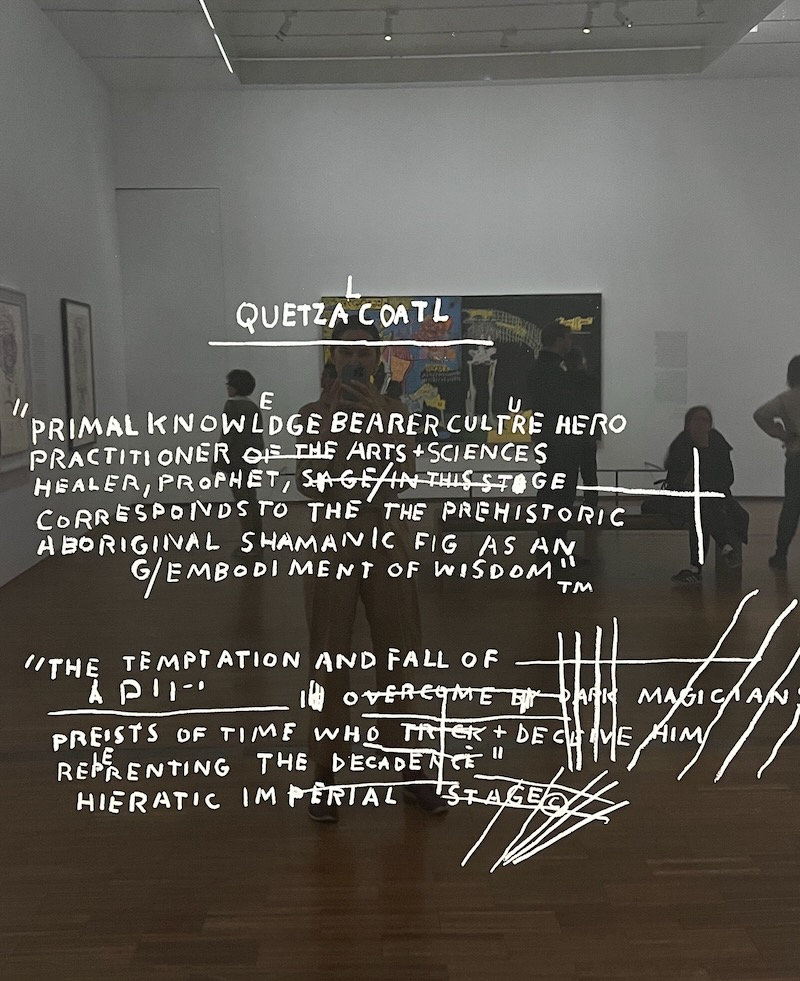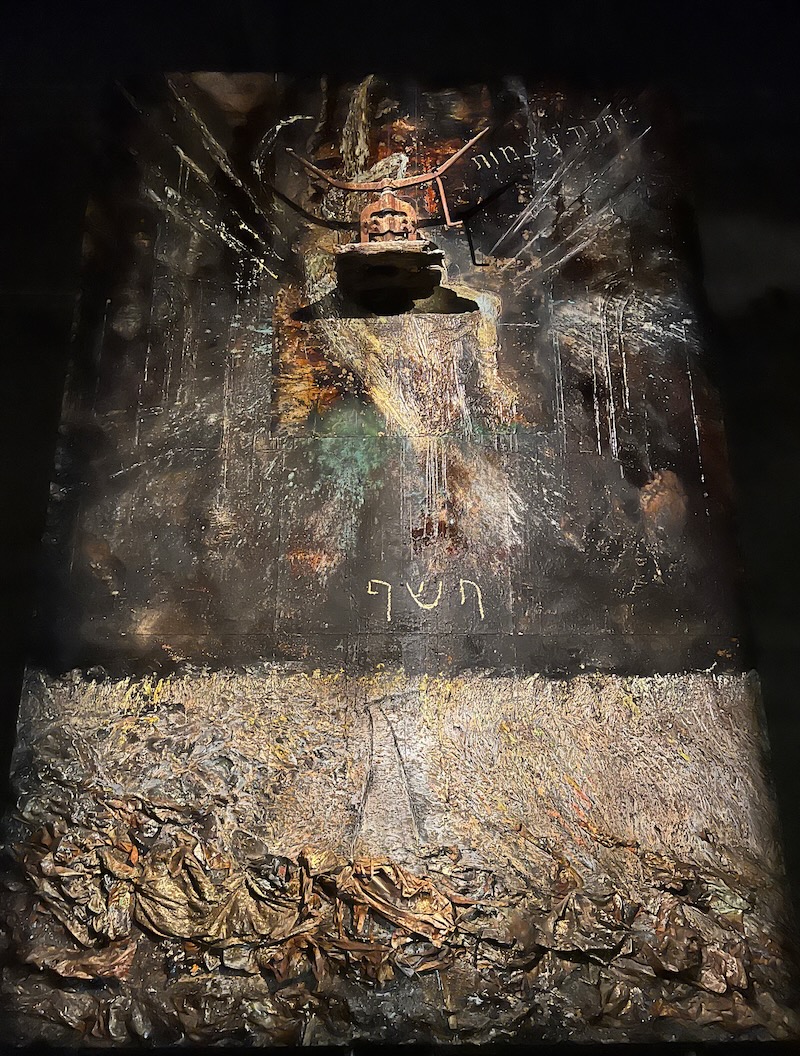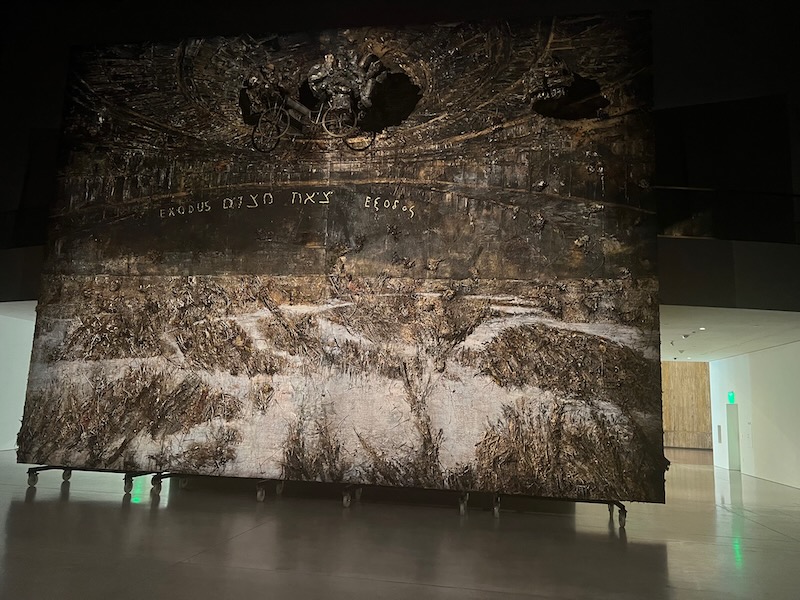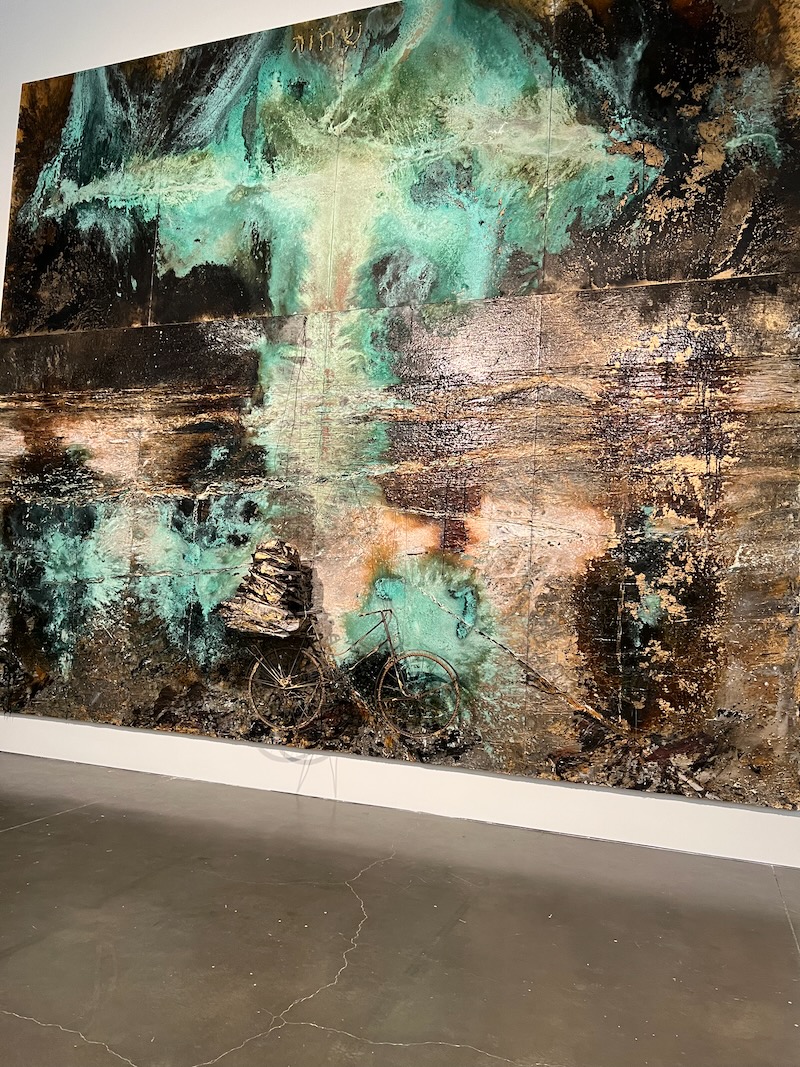Art beyond the aesthetic: why we need art in this seismic, disrupted time with trust eroded
Art is the journalism of the past century. In the public interest some artists took role in activism. Through their unique individual lens as well as together in the often invisible collective creative cooperation, they speak to society with truth and integrity. Working with clarity and one’s open heart is what our society needs in this globally disrupted time. Chaos, too much change cannot be easily digested. Too many of us are confused about our shared values. The old guardians of open conversation struggle to keep relevant. While the press is not dead, the time’s pressure of fast media and unsustainable amount of eyes grabbing competition challenge their commitment to portraying truth. Now, art has the timeless potential to engage us on a deeper level.


Art as non-violent freedom fighter, moral & spiritual guide
As trust in formerly respected authorities — the church and the media — was eroded, the open gap in our justice and truth seeking mind needs to be filled. There is a spiritual dimension to it (Kandinski wrote an excellent essay on that; The Spiritual in Art), but also the basic need to talk, to open up about what we do not know and what concerns us. Survival, safety, ethics, violence, injustice, inequality, personal insecurity, shame, oppression, all themes calling for honesty.

Notes by Etel Adnan
Art can connect with these existential, philosophical, even practical questions. The late Lebanese artist and poet Etel Adnan wrote honestly on the need for global peace in 2016: “The world needs togetherness, not separation. Love, not suspicion. A common future, not isolation.” How can a sensible human being not be touched by her wise words? Peace is freedom, as equality is justice. Art can be a mirror of our society. Through theater, cartoons, digital videos, installations, all in the same way novels are in written form.

‘The conveyor belt of life’ reflection in Meditation by Jean-Michel Basquiat
Art also became more political in the 20th century. Not that calling up the villains and highlighting social issues is something new, Francisco Goya drew and etched to print the homeless and poor in his social series as much as he portrayed human vice in the high society. More recently, the young African-American artist Jean-Michel Basquiat alerted us to police violence, racial inequality, the harm that materialism and marketing do to our society, pain, struggle with our bodies, and more. Turning to biology, mythology and poetry, Basquiat reinforced his contemporary messages. His work echoes beyond the late 1980s America. Two current retrospectives (Vienna, New York) document that not much has changed since then, but the urgency ballooned. The ongoing struggles need to be expressed, heart and acted upon for positive change to grow from its deeply aware roots.

The late Portuguese multi-disciplinary artist and photographer Helena Almeida addressed dictatorship on the Iberian peninsula but also cast light on women’s struggles. Almeida’s art represented Portugal at the Venice Biennale twice, and most recently I was touched by her black and white photos shown at the hangars by LUMA Arles during the annual photography show.

There are countless creatives who echoed society’s broad and specific aches to name. We shall be grateful for their daring.
Art as activism: climate action, refugee crises, war and displacement
On a grand scale now, great artists like Anselm Kiefer, Ai Weiwei, between others channel our attention towards contemporary issues. From climate (Kiefer’s Miami exhibit in 2021), political, poverty and war migration (Ai Wei Wei: The Law of the Journey reporting visually on the influx of refugees to Europe shown in Prague in 2017), existential threats (in Zurich, I was smitten by the French photographer’s Julian Charriere impactful series of nuclear tests and weapons annihilating effect on the Earth) to universal questions like our purpose (LA-based Cleon Peterson‘s “chaotic and violent paintings show clashing figures symbolizing a struggle between power and submission in the fluctuating architecture of contemporary society” currently showing at Mindy Solomon gallery in Miami), fate, life after death, mental struggles, gender, the body. Alone or with their teams, they work resonantly in larger than life effort composing vast canvases, installations, films, photographs and live performances (you probably heart of Marina Abramovic who is amongst the most resonant performing artists, she is also worth listening to).

Fondation Carmignac Porquerolles, France
Some of the most profound art connects old struggles with the present, it is just dressed differently, perhaps expressed though a more contemporary medium. Anyway, mythology and symbolism are timeless tools. Anselm Kiefer retells the Biblical story of Exodus in gasps evoking, powerful visual tale in his two exhibitions with Gagosian gallery in Los Angeles and New York this year.
Ai Wei Wei took the stone bricks discarded from an old bridge in the violent and racially tense Marseille, France to create a new path in the art-themed park of Chateau La Coste in Provence.
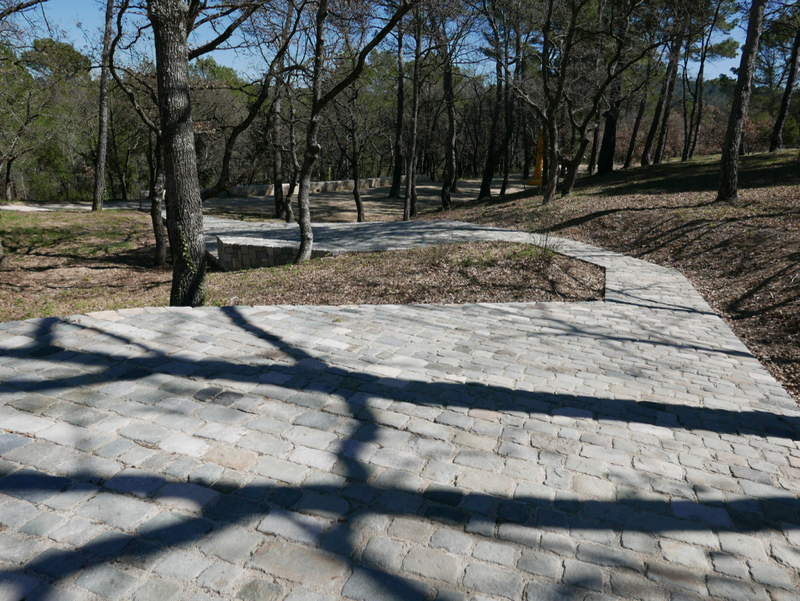
Ai Weiwei connects the old and the recent at Vila La Coste in Provence, France
The octogenarian Korean Lee Ufan has for most of his long career addressed relationships between things. Through positioning of rocks, metal and sometimes glass in the changing natural or stale unnatural light he illustrates the reality of our world. Nothing exists just on its own, it always relates to something and thus affects the other. Oneness, change and space are some of the philosophical concepts he brings our attention to. If you do not make it to Naoshima island in Japan, just this spring his Arles Fondation Lee Ufan finally opened after a reconstruction by his Japanese friend architect Tadao Ando.


Art as authority
Once art commissioned by affluent religious authorities underscored the scriptures as well as the non-canonical tales and perhaps gave hope to the believers. Its potency was known to the church. Yet there was that other spiritual, the tribal art on the more grassroots level long before any established religion.
With the dawn of psychology, a Western science that connects the intellectual side of brain with the emotional, the rational with the irrational, the Eastern ancient philosophy with Western measured approach, art assumed redefined role. It can heal the wounded psyche. Its reach is individual but also collective if presented clearly.

Ai Wei Wei at Prague National Gallery
Further, as wealth spread beyond royalty and the church in the West, art became the status symbol. Tinted with the foul smell of money, there is a lot of junk in the artistic output these day. Yet, human creative urge and the desire to go beyond oneself still resonate in some art works that are just on another level, they are universal and timeless in their reach.
In her ambitious book The Last Authority, the German art critic Mokka Müller, casts “art as the New Religion”. While her assumption is quite far reaching, her observant essays connect the role of democratised art as a shifting element in our culture. From music, through visual and performative arts she observes how Western society was moved by art since its 20th century liberation. Defying censorship, art is a potent voice in our open society. With power though comes responsibility, but only some artists understand this. Beyond narcistic or selfish quest to sell artwork, there is that hunger to express inhumane reality and the urge to help others or a cause in need of our attention.
As with those inflated rulers becoming authoritarian despots and dictators, inflated egos do not benefit this world. Also artists need to face their own strengths and weaknesses, their pride morphing into I am only human humbleness inspiring others to awaken to our blind vanities.

Ai Wei Wei at Prague National Gallery
Art as a medium: healing through art
Through expressing our inner concerns, observations and feelings we share our common fate as mortal, struggling humans. Art is public and by making it accessible to all, not just for specific, limited groups of people like followers of certain faith, ideology, social circle or class, beyond one’s material wealth we open the world’s citizens to understanding each other.
The skilled artist can connect with the person experiencing their work if something universal and personal at the same time radiates though. In doing so their work can alleviate suffering, the feelings of being alone in this shit. By knowing that there were others going though this change, the awakened fear gets voice. Thus showing that we all want to live well and feel well, the artist becomes a therapist.

Pumpkins by the Japanese artist Yayoi Kusama
Sound is used as therapy. Also painting, photography, sculpture, installations or performative art at their very best have the potential to alleviate the physical and mental burdens of passing time. Immersing oneself in the art’s other dimension — the liberated space — momentarily disconnects one from the pain of living. Frida Kahlo portrayed her debilitating pain in her diminutive smallness on her fantastical, inner feelings displaying canvases. The Japanese artist Yayoi Kusama alleviates her mental struggle through colour, especially her recurring and popular theme of dots and pumpkins. She channels attention to mental health and the open door of creativity to all. Joy radiates from her sculptural and painted works. Millions of people can feel its power and the artist’s longing for true happiness.

Collective force ignited by individual creation
The composer Richard Wagner, the founder of psychoanalysis Carl Gustav Jung, the Catalan architect and painter Antoni Gaudi as well as the aware contemporary influencers I mentioned here, share a common knowledge of art having potential to reshape and awaken humanity. Revolutionary zeal, injustice, censorship, inequality, violence, as much as our seeking of beauty, joy, love, peace.
The space art takes in our limited time experiencing it is relative to our individual perception. If I do not judge art, but rather open myself to the message it tries humanely convey, I can use my perception to connect with the other, to empathise with humanity going through another age of tumultuous change. We are in it together.





